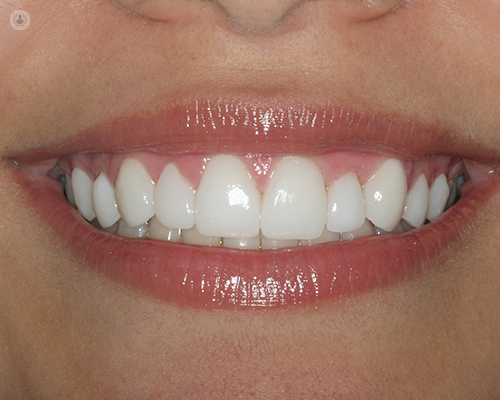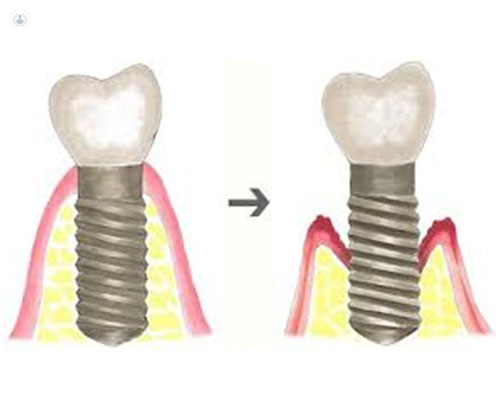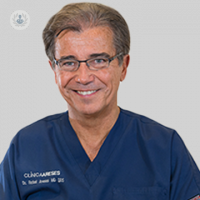Cómo colocar el mejor implante posible
Written by:
What are dental implants and how are they placed?
Dental implants are roots, are not teeth are the roots on which we place teeth. Artificial roots are, of course, that in many years of development, research and development have been tested many variants. I would like to explain to you the ones that are actually used today. Today, ceramic implants are not used, zirconium implants are not standardized.
Biological implants of developed cells are still not used today, which will undoubtedly come in the future. Today what is used are titanium implants. We are still developing titanium implant. And I say that the implants are not the teeth properly. Implants are what will support the teeth. Therefore we must make a treatment plan in which we know where to place these implants to give the best solution to the patient. There is no need to put an implant for each tooth, but you have to know that an insufficient number of implants will not support a long-term prosthesis, which is what we are really looking for.

What do the implants last? The maximum. It is the best solution we have today in dentistry to replace teeth, but it is not miraculous. Therefore, you have to work it and you have to properly diagnose. There have been impacted implants ie pressed on the bone, threaded implants which today is basically the most used. There have been implants with smooth surfaces and there are rough, porous, which achieve better osseointegration. There are mixed implants. Perhaps those are the solutions that today are looking for. There is nothing miraculous. Everything is research everything is science and everything is to place it in the patients so that it lasts the maximum possible time.
There have been long, short implants, there are lots of different forms, but nowadays implants are used as standardized as possible, trying to generate the perfect conditions in the bone to be able to put teeth later in the best conditions. Therefore short implants are placed yes, but we can regenerate the bone to have an implant of better conditions we must do. Narrow implants can be placed, but we can do an orthodontics so that the implant has the right size to support the tooth it has to support we have to do it. We must never forget that we depend on biology and depend on mechanics. If we do not make a proper treatment plan. If we do not properly diagnose our patient, it is very difficult for us to achieve a long-term outcome.
How long does the treatment last and what conditions must be met?

I'll start at the end. In the mandible of two to four months, in the upper jaw of three to five months. There is more to talk about this. The conditions of the bone will allow us to place an implant in perfect condition, which will have to be restored later by a crown. So we have to talk about the perfect conditions. And the perfect conditions are if we have to regenerate that bone before or not. We would then take the necessary regeneration time, plus 2-4 months, 3-5 months.
We can put implant teeth in one day, at a time. It's called immediate loading. This can be done but the teeth are not definitive. It is a solution to leave the clinic with teeth but they are not the definitive teeth. Definitive teeth need that time, which we have said before. But can we get away with those teeth? Depending on the conditions, properly diagnosed, the patient may come out with teeth in a day. The same day. It's called immediate loading. You can not chew with those teeth, if you could do it with a whole denture would be called immediate function and if you could do it, but only on certain occasions. The diagnosis is the one that will allow us to decide if we can make a treatment so fast or if we have to wait the normal times that the biology of the bone and of the own patient allow us.
How can we improve the implementation?
The question is: put implants in the bone there or improve the conditions to place the best implant possible? Controversy? There are those who work in one way, who thinks and works in another. Clearly, we are placing the best implant possible, preparing the bone for these conditions, except when the intervention has to be very invasive for the patient, and there we go into the approach of putting smaller, shorter implants in certain locations that come out of the best position possible, not to create more discomfort to the patient. But the first question is always where to put it, whether in the bone there is or the improved bone, we will always try to do it in the best possible improved use.



